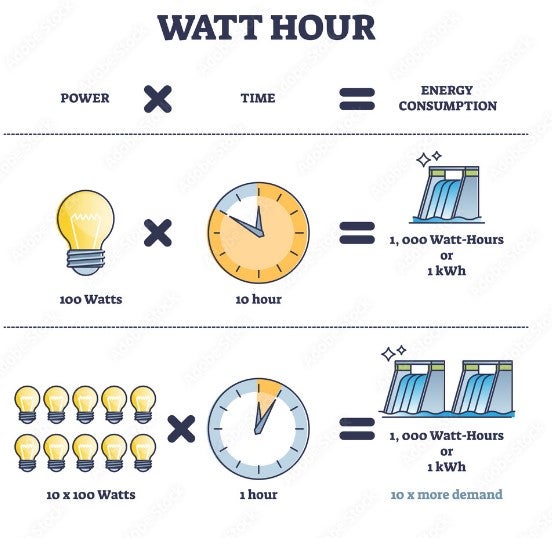
Learning about Demand from “Green Acres”
“Green Acres” was such a fun show. I suppose it was a show that we could mostly learn how not to do things, but there is one episode about electricity that might help us understand demand. In that episode, Lisa plugs in too many appliances and the rickety generator blew up. Oliver goes on to instruct Lisa that each appliance was assigned a number and that she could plug in any number of appliances as long as the numbers assigned did not total more than 7. “You can’t plug in a 2 with a 6.” If you don’t remember or just want a good old-fashioned laugh, do an internet search for “Green Acres, Season 1, Episode 9” to watch it.
Oliver’s instructions were all about electricity demand. All electrical devices use power at a certain rate. Think of the transformer on the pole as the equivalent of Lisa’s and Oliver’s generator, only it isn’t rickety! The transformer is sized for your service needs. If you suddenly decide to set up a heated workshop in your garage with a welder and whatever other power tools you might need, the transformer might not be big enough.
Electric utilities, including DSO, must make sure that there is power available when you need it. Demand for more power has increased steadily through the years. At times of highest demand, it can be a trick to make sure every electric utility has the power it needs to serve its members. Generally, summer is the period of highest demand, but it can happen in the winter, too. Winter Storm Uri in February of 2021 is an example.
DSO asks all its members to manage their own demand during the hottest part of the days (3-6 PM) during the summer months. Simply shifting a load of laundry from the afternoon to the morning will help. If it works for your schedule, consider DSO’s interruptible rate. DSO will pay you for shutting down for a few hours here and there.
Your highest demand for each month has been printed on your bill for a couple of years now. Beginning October 1st, you will see a charge associated with this demand. Don’t panic. The rates were designed to introduce the demand charge only. The kWh rates have been adjusted down to offset the demand charge.
Because providing adequate power supply is so critical, it makes sense to base rates off demand. Many coops, including DSO, are shifting to a demand-based rate. Please understand that how and when you use your electricity will affect demand. And, if need be, take Oliver’s advice and number your appliances and “don’t plug in a 2 with a 6!” 😊
